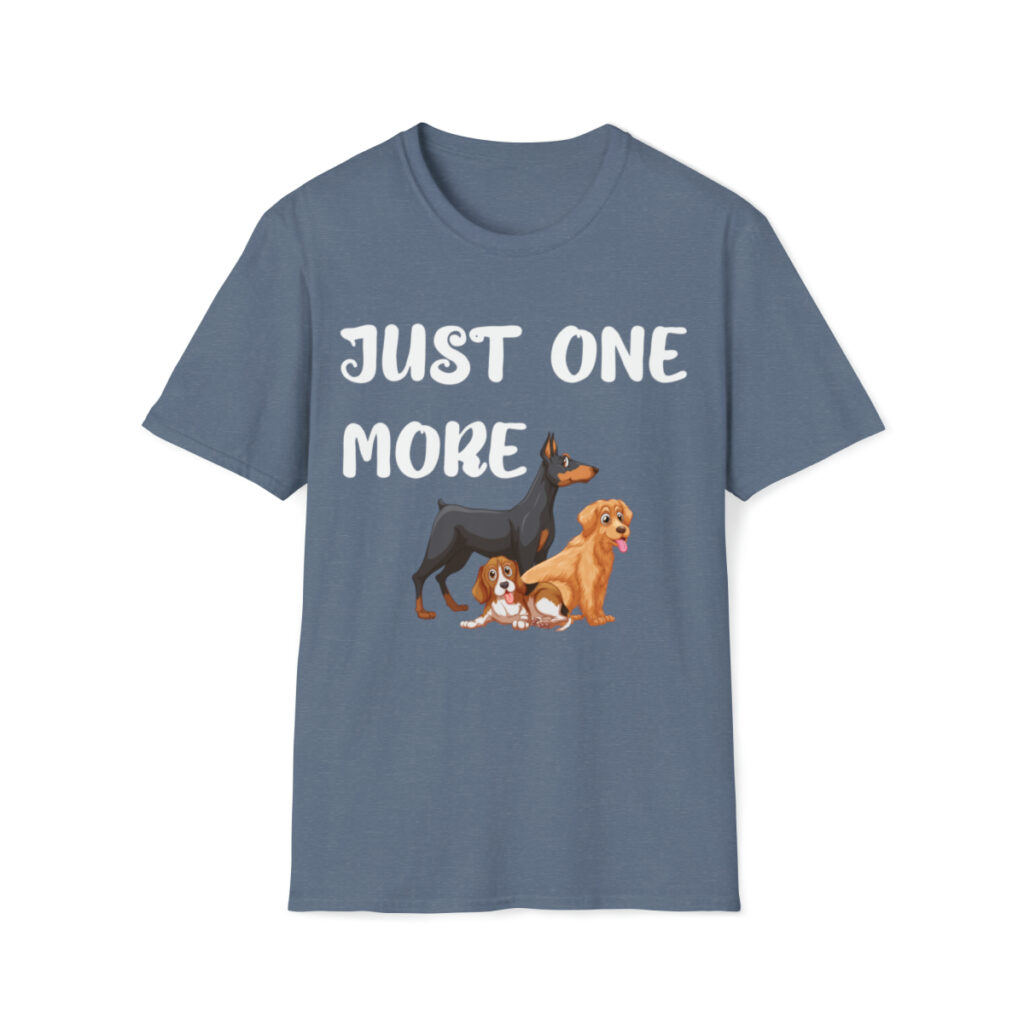Important: This site uses affiliate links. This means if you purchase something through our site, we may receive a commission at no additional charge to you. Any sponsored posts will be clearly labeled as such. All opinions are honest.
I had never heard of hyperthyroidism in cats, so I did not know what symptoms to look for, how it would be diagnosed, how to manage it, what sort of medications it required, or what the quality of life would be like for a cat with hypothyroidism.
Life with Foozle Before Hyperthyroidism
I’d had Foozle his entire life, adopting him when he was only about six weeks old. He was part of a litter born to feral cats. The litter was being shipped off to the local animal shelter and the humans caring for the feral adults were attempting to find homes for as many kittens as possible by word of mouth.
When I went to pick up one of the kittens, all of them were in a box jumping up and down and making tiny meows. All of them except one black cat with a tuft of white fur on his chest. He sat quietly in the middle of the chaos and looked relatively confused about where he was and what was going on. My significant other at the time and I knew immediately that that was the kitten for us.
We brought him home and lovingly named him Foozle as a variation of the word confused.

Foozle immediately took to the other two cats in the house, and they seemed to know that he was in need of a little extra guidance. They would groom him and lead him around to the food and water dishes. It was impossible to find Foozle asleep without him snuggled up to other cats. The three were inseparable, and I often joked that they were a three-headed, twelve-legged creature.
Foozle never really groomed himself, and he didn’t bury anything in the litter box. The other two cats had all of that handled, though. One cat would wait next to the litter box and the other would sit on top of the lid and then dive inside to cover whatever Foozle had left behind. Anyone who saw all three cats in action understood that Foozle was their kitten.
Foozle did not jump on anything higher than a couch for the first five years of his life. It wasn’t until intently following the lead of the oldest of the cats that he finally learned how to get onto a counter. Even then, he never was very good at it and would often have to spend an unusual amount of time in preparation before taking the leap.
Foozle was always very small, especially compared to the other cats. I had taken him to the vet on multiple occasions to look for an explanation on his slightly unusual behavior but they confirmed that his eyesight and overall health was perfectly fine. If there is anything unusual about him, it was just his personality.
Up until the end, Foozle was considered the baby of the household, even when that was not always chronologically accurate. The three cats lived a long, healthy life together, playing together, eating together, and grooming together but in the end, Foozle outlived the other two.
This came as a relative shock to him, and he seemed rather aimless even after I had brought other cats into the household. He got along with them well enough, but he never bonded with them the way he had with the other two who had cared for him his entire life.
The Appearance of Hyperthyroid Symptoms
Foozle never really did learn to groom himself very well and in lieu of a bonded triplet who would take care of that for him, I made a point to gently brush him to keep his long fur smooth. However, in a short time, I realized I was not doing a great job at it and he continued to develop mats. I would carefully cut them out, which was always nerve-racking.
After trying a variety of leave-in shampoos, detanglers, and other gentle methods, I eventually had to call in a groomer who did house calls for cats. That is a gem of a person, more so since I did not have easy access to a power outlet for them, so they would bring a generator, which was almost a guarantee, in general, that they would need to utilize their first aid kit for themselves before the session was over.
However, they would comment that Foozle was exceptionally easy to groom. I witnessed how he would lay flat with his legs out to the side as if he were pretending to be a rug in hopes that no one would notice him and stop trimming his fur. He never resisted.
Foozle had a lot of fur and once he was shaved down for the first time in his life, it was startling to see just how small my tiny cat was underneath his coat. I had never seen him shaved before and at first I assumed that he really had always been exceedingly small and that perhaps most of him had always been just fur.
His appetite remained healthy and he seemed happy and content. After being shaved, he seemed to be even happier with all the coarse fur removed. I resolved to do a better job with his coat the next time around when his fur grew back in, and that we would learn together how to take care of him.
Foozle had always been a particularly affectionate cat, but shortly after his grooming, his mannerism changed. In fact, he strangely seemed more affectionate and more playful, which led me to believe that while something was different, it couldn’t be bad…could it?
He began bringing me small cat toys from around the house to play fetch, which was a game that one of his now deceased cat companions had played but he himself had never been interested in. Unfortunately, his most favorite time to suddenly start playing this game was in the middle of the night. He would take it upon himself to rub up against my head and gently tap me until I woke up so that we could play fetch.
At one point, desperate for sleep, I put the favorite cat toy at the top of a built-in bookshelf to wait until morning. My little cat, who had spent five years trying to understand the mechanisms of jumping more than two feet off the ground, scaled up the front of the bookcase, retrieved his toy, and brought it back to me. On another night, he stuck his wet front paw on my face while I was asleep and when I startled awake, he simply placed his toy next to me again.
This would have been far more endearing if it hadn’t been eleven at night.
I couldn’t understand what had changed with my cat but I assumed it was due to the fact that he no longer had his lifelong buddies and the two new members of the household were not living up to his standards. It was all on me to be his only source of play and companionship.
Still, something seemed just a little off. So I made an appointment with the vet, even though I did not understand how any of this meant that something had gone wrong.

THE DIAGNOSIS
In the few days between scheduling and the appointment itself, Foozle became obsessed with the bathtub and for the first time in his life, he absolutely refused to use his water dish. He started needing water every forty-five minutes to an hour. Now I knew something more had happened than just mourning his companions.
The vet knew almost right away what the issue was when I brought him in, but she confirmed it with bloodwork.
Foozle had developed hypothyroidism. Since I had no experience with cats with this illness, I began doing my own research while we awaited the bloodwork results. Of course, the internet is not always accurate, which is something that we work hard at here at Bloom.
What I read was disheartening. It seemed as if he would constantly need regular expensive blood tests for the rest of his life, expensive medications that would be difficult to administer, and that his quality of life would rapidly diminish.
When the vet called to confirm the bloodwork, I was already overwhelmed. However, she assured me that that information was not particularly accurate and not a usual scenario.
Life with a cat with hyperthyroidism
In reality, taking care of a cat with hypothyroidism was not nearly as difficult as I had anticipated. In fact, I’ve written an entire post about how to best care for a cat with hyperthyroidism.
The medication was inexpensive, and it was relatively easy to administer with multiple options. Regular blood tests are mostly to adjust for tolerance to the medication that builds up early on. Once stabilized, the tests are usually no longer needed. Urine tests are also recommended to watch for kidney issues, but this is true of aging cats anyway.
Foozle did need his dose increased once after the first couple of months. After that, his medications stabilized and combined with a new water dish to substitute for the bathtub faucet, he was back to his old self.
We continued to do regular grooming to help with the increased mats in his fur, and he was switched to a mostly wet food diet to help with hydration, and to head off kidney and bladder issues.
Foozle lived for several more years as a happy cat. Though he never did fully bond with the other two newcomers, he did eventually warm up to them and they would snuggle up together on an elevated dog bed where Foozle increasingly spent more and more of his time.
Eventually, he began to wear down and lose interest in the world until it was time to make the final call. But I’m thankful for the extra years that the simple changes to maintain hypothyroidism gave me with him.






